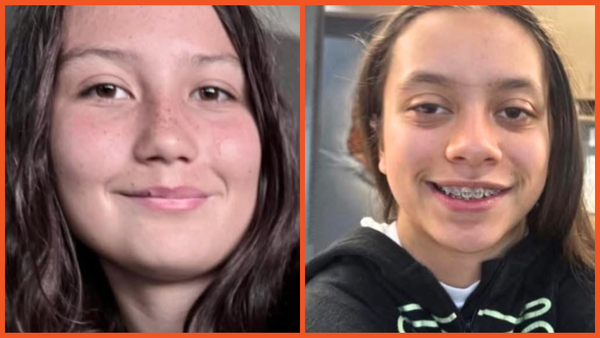Almost a century ago, Chicago’s most infamous murder was committed in the small South Side neighborhood of Kenwood. Two teenagers who had grown up there grabbed a younger neighbor and killed him, just for the thrill of it. The May 1924 crime — and the trial later that summer — sparked headlines and parental worries nationwide.
Now a compelling new book about the case has been published, and its intended audience is in the same age range as the 14-year-old victim, Bobby Franks, as well as the perpetrators.
Oak Park writer Candace Fleming, the author of “Murder Among Friends: How Leopold and Loeb Tried to Commit the Perfect Crime” (Anne Schwartz Books/Random House, $19.99) and many award-winning children’s books, grew up in Michigan City and has lived in suburban Chicago for the last 30 years. She has been fascinated by the crime since she heard about it during middle school, so she thought today’s teenagers might also be intrigued.
“Part of what I’m doing is drawing them into something they’re listening to anyway. Look at the popularity of true-crime podcasts right now. Or if you go on TikTok, you’ll see that the Menendez brothers have a huge following. And there certainly is a parallel between them and Leopold and Loeb—the question of, why in the world would these privileged boys do this?”

She tailored the story to teen readers in various ways: “I eliminated any salacious details that didn’t have a direct bearing on either the crime or the court case. For example, we know the specifics of Leopold and Loeb’s sexual encounters from psychiatric notes. Since none of that, however, sheds any light on the ‘why’ or ‘how’ of the events, I chose not to include them. Teens don’t need to know those details to understand what this story is really about.
“Additionally, I chose not to recreate the murder itself. I had the material to do so, but that felt ‘too close’ for my teen audience, you know? It felt too gruesome. Instead, I decided to stick to the historical record—the teenagers’ actual confessions.”
In her research, Fleming made trips to historical archives in Chicago and to the sites of various key events.
“What you realize when you walk through Kenwood is that it was an unbelievably intimate murder. These young men, who were trying to commit a crime that they could get away with, kept their search within about three blocks.” Bobby Franks was Richard Loeb’s second cousin, and he had the terrible luck to be walking the short distance home from school when Loeb and Nathan Leopold were looking for someone to kidnap and kill.
Leopold and Loeb planned to extract a ransom from their victim’s family, not because they wanted the money but because it added complexity to the scheme. They weren’t able to collect the ransom, however, because Franks’ body had already been discovered by someone walking through the Wolf Lake forest preserve.
An avid bird watcher, Leopold had previously spent a lot of time there. “They couldn’t choose anything beyond their sphere,” says Fleming. Within a week of the murder, the two precocious college graduates were in custody.

The Cook County Jail (torn down in 1936) and adjoining Criminal Court Building (since converted into a private office building) attracted lots of visitors for the teenagers, including members of the Chicago Cubs. “Nathan and Richard were happy to see them,” says Fleming, “and in fact got a few pointers about how to play baseball.”
Young women waited for Leopold and Loeb to walk on the bridge from the jailhouse to the courthouse: “They called it the Bridge of Sighs.”
Once in the courtroom, however, defense lawyer Clarence Darrow took over the spotlight. As Fleming puts it, “The sentencing hearing is the first time we wrestle with a lot of the questions we’re still dealing with. Do we execute teenagers? Do we throw teenagers away for life in prison? How do we feel about capital punishment in this country anyway? Does mental illness play any part in mitigating circumstances? ... Clarence Darrow’s beautiful appeal not to execute the boys—in fact to stop capital punishment entirely—is at the center of that.”
One of Fleming’s final research trips was to Rosehill Cemetery: “All three of the families are close by each other, very much like their homes in Kenwood. At the Franks’ mausoleum, there are little tokens tucked into the grillwork door. It’s a poignant thing that 98 years later, people are still leaving Bobby little things like pennies and Matchbox cars.”







